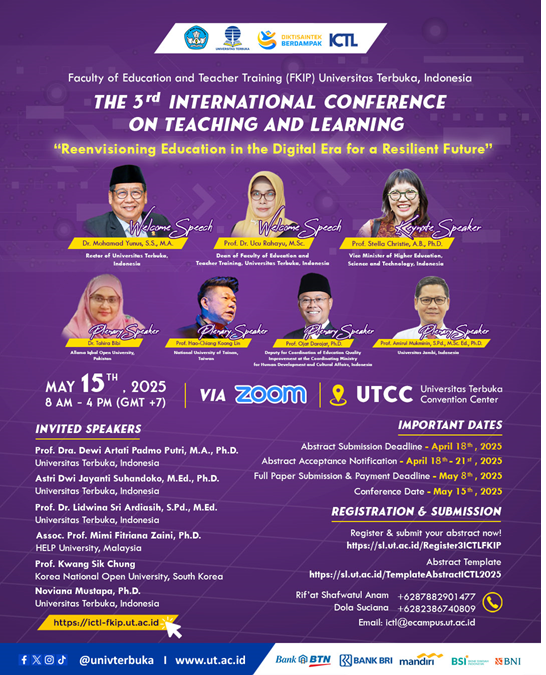Promoting Analytical Thinking Through Learning Models: Systematic Literature Review
Keywords:
analytical thinking; learning models; systematic literature reviewAbstract
The integration of analytical thinking in teaching is essential to improving the quality of education and preparing students to face the challenges of the 21st century. Various learning models can be applied to improve students' analytical thinking. This study aims to explore 1) Indicators of analytical thinking used. 2) Grand theory used. 3) Learning models used to improve analytical thinking. 4) A review of the methods and techniques of data analysis used. This Systematic Literature Review study uses the Preferred Reporting Items for Systematic Reviews and Meta-Analysis (PRISMA). The literature review procedure includes searching, filtering, evaluating, and synthesising publications on Project-Based Learning in improving critical thinking. The articles reviewed were 37 articles obtained from Scopus, Science Direct, Google Scholar, and ERIC from 2015 to 2024. The results show that most studies confirm the significant influence of various learning models on analytical thinking. The most frequently used indicators of analytical thinking are differentiating, organising, and attributing. The grand theory most widely used to explain the relationship between variables is constructivism. Problem-based learning is the most widely applied learning model. The most widely used research method is an experiment to show the influence of learning models on analytical thinking







